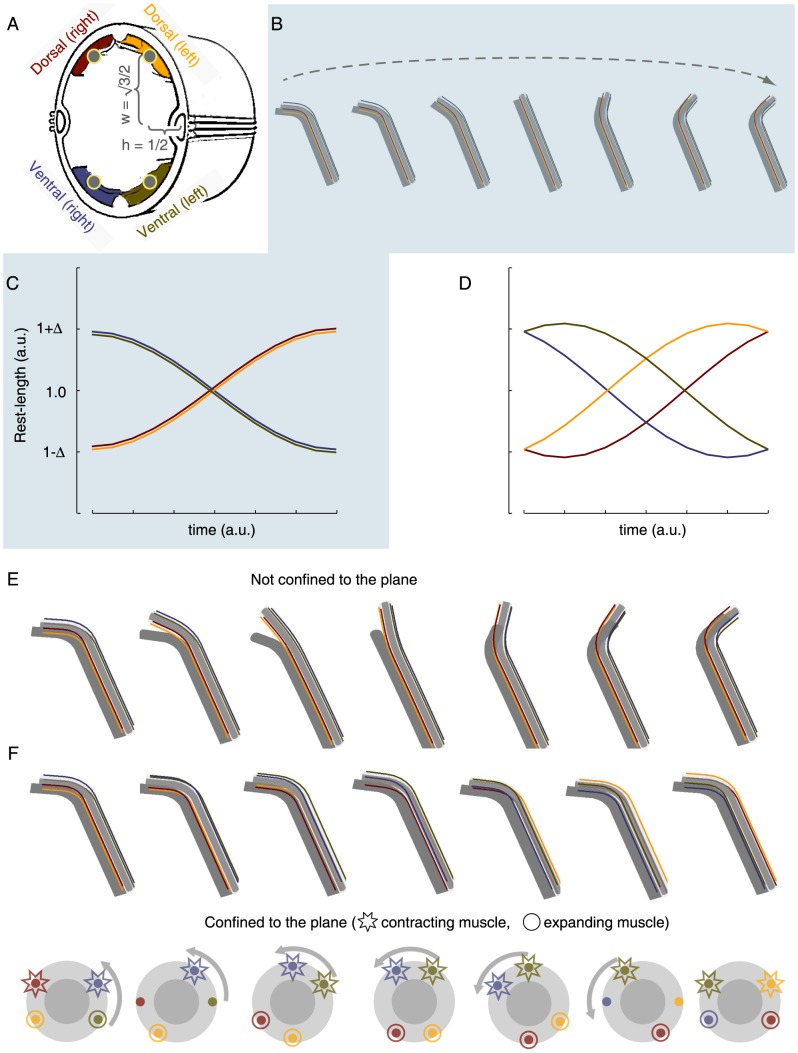Figure 4. Elastic rod and springs model of C. elegans flipping.
(A) A schematic drawing of a cross-section of C. elegans (adapted from wormatlas.org). The blue/green (ventral) and red/yellow (dorsal) areas denote the cross sections of the four muscle groups. The grey circles located at the center of the muscles denote the positions of the springs that were used in the model (where each row of springs corresponded to a subquadrant row of muscles). (B) Snapshots of the equilibrium postures that corresponded to a dorsoventral swing. Note that the two subdorsal (subventral) quadrants are always in phase with each other (see also Movie S4). (C) The rest-lengths of the four subquadrant springs, located at the region of the body bend, as a function of time during a dorsoventral swing. Dorsoventral swings were achieved by actuating the two ventral subquadrant springs synchronously and the two dorsal subquadrant springs synchronously, but preserving an opposing phase between ventral and dorsal springs. Maximal strains between Δ = 5% and 20% corresponded to common experimentally observed postures. (D) The rest-lengths of the four subquadrant springs, located at the region of the body bend, during a rotation. Rotations were achieved by actuating all four subquadrant springs out of phase. The relative phases of contraction and expansion were chosen such that the magnitude of the curvature remained constant, but the direction of the curvature rotated with respect to the positions of the springs. For instance, the blue/green colored springs were initially located at the outer side of the bend, and arrived finally at the inner side. (E) Snapshots of the equilibrium postures that corresponded to actuating the springs as described in (D), without confining the rod to the plane. This resulted in an out-of-plane rotation (see also Movie S5). (F) Top: Snapshots of the equilibrium postures that corresponded to actuating the springs as described in (D), while confining the rod to the plane. This resulted in a flip (see also Movie S6). Bottom: the equilibrium orientations of a cross-section during a flip. Consecutive snapshot are rotated by π/6 rad relative to each other. Stars and circles indicate contracting and relaxing muscles, respectively. Muscles that are neither contracting nor relaxing, corresponding to extrema in the plot in panel (D), are not emphasized by either shape.

